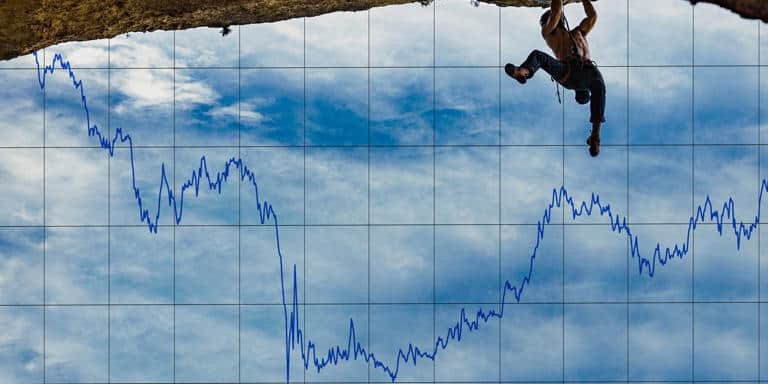Bond yields are rising again so far in 2022. The U.S. stock market seems vulnerable to a bona fide correction. But what can you really tell from a mere two weeks into a new year? Not much and quite a lot.
One thing feels assured: the days of making easy money are over in the pandemic era. Benchmark interest rates are headed higher and bond yields, which have been anchored at historically low levels, are destined to rise in tandem.
It seemed as if Federal Reserve members couldn’t make that point any clearer this past week, ahead of the traditional media blackout that precedes the central bank’s first policy meeting of the year on Jan. 25-26.
The U.S. consumer-price and producer-price index releases this week have only cemented the market’s expectations of a more aggressive or hawkish monetary policy from the Fed.
The only real question is how many interest-rate increases will the Federal Open Market Committee dole out in 2022. JPMorgan Chase & Co. CEO Jamie Dimon intimated that seven might be the number to beat, with market-based projections pointing to the potential for three increases to the federal funds rate in the coming months.
Meanwhile, yields for the 10-year Treasury note yielded 1.771% Friday afternoon, which means that yields have climbed by about 26 basis points in the first 10 trading days to start a calendar year, which would be the briskest such rise since 1992, according to Dow Jones Market Data. Back 30 years ago, the 10-year rose 32 basis points to around 7% to start that year.
The 2-year note which tends to be more sensitive to the Fed’s interest rate moves, is knocking on the door of 1%, up 24 basis points so far this year, FactSet data show.
But do interest rate increases translate into a weaker stock market?
As it turns out, during so-called rate-hike cycles, which we seem set to enter into as early as March, the market tends to perform strongly, not poorly.
In fact, during a Fed rate-hike cycle the average return for the Dow Jones Industrial Average is nearly 55%, that of the S&P 500 is a gain of 62.9% and the Nasdaq Composite has averaged a positive return of 102.7%, according to Dow Jones, using data going back to 1989 (see attached table). Fed interest rate cuts, perhaps unsurprisingly, also yield strong gains, with the Dow up 23%, the S&P 500 gaining 21% and the Nasdaq rising 32%, on average during a Fed rate hike cycle.
Interest rate cuts tend to occur during periods when the economy is weak and rate hikes when the economy is viewed as too hot by some measure, which may account for the disparity in stock market performance during periods when interest-rate reductions occur.
To be sure, it is harder to see the market producing outperformance during a period in which the economy experiences 1970s-style inflation. Right now, it feels unlikely that bullish investors will get a whiff of double-digit returns based on the way stocks are shaping up so far in 2022. The Dow is down 1.2%, the S&P 500 is off 2.2%, while the Nasdaq Composite is down a whopping 4.8% thus far in January.
What’s working?
So far this year, winning stock market trades have been in energy, with the S&P 500’s energy sector looking at a 16.4% advance so far in 2022, while financials are running a distant second, up 4.4%. The other nine sectors of the S&P 500 are either flat or lower.
Meanwhile, value themes are making a more pronounced comeback, eking out a 0.1% weekly gain last week, as measured by the iShares S&P 500 Value ETF but month to date the return is 1.2%.
What’s not working?
Growth factors are getting hammered thus far as bond yields rise because a rapid rise in yields makes their future cash flows less valuable. Higher interest rates also hinder technology companies’ ability to fund stock buy backs. The popular iShares S&P 500 Growth ETF is down 0.6% on the week and down 5.1% in January so far.
What’s really not working?
Biotech stocks are getting shellacked, with the iShares Biotechnology ETF down 1.1% on the week and 9% on the month so far.
And a popular retail-oriented ETF, the SPDR S&P Retail ETF tumbled 4.1% last week, contributing to a 7.4% decline in the month to date.
And Cathie Wood’s flagship ARK Innovation ETF finished the week down nearly 5% for a 15.2% decline in the first two weeks of January. Other funds in the complex, including ARK Genomic Revolution ETF and ARK Fintech Innovation ETF are similarly woebegone.
And popular meme names also are getting hammered, with GameStop Corp. down 17% last week and off over 21% in January, while AMC Entertainment Holdings sank nearly 11% on the week and more than 24% in the month to date.

